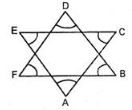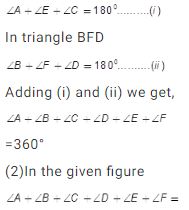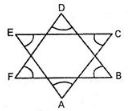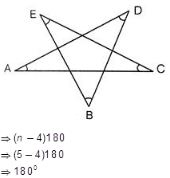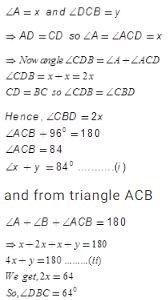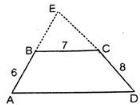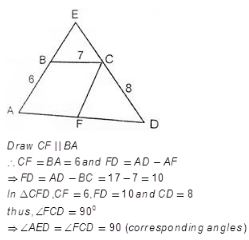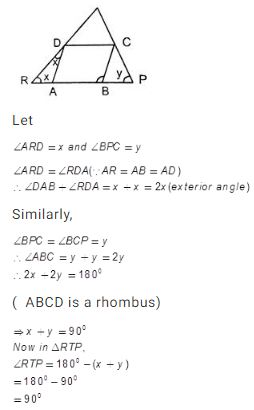Important Formulas and Shortcuts to solve Profit and Loss
Cost Price
Cost Price is the price at which an article is purchased, abbreviated as C.P.
Selling Price
Selling Price is the price at which an article is sold, abbreviated as S.P.
Profit
If the Selling Price exceeds the Cost Price, then there is Profit.
Profit or gain = SP – CP
Profit % = Profit/(C P)×100
S P = (100+gain % )/100 ×C P
C P = 100/(100+gain %)×S P
Loss
If the overall Cost Price exceeds the selling price of the buyer then he is said to have incurred loss.
Loss = C P – S P
Loss % = LOSS/(C P)×100
S P = (100-loss %)/100×C P
C P = 100/(100-loss %)×S P
Profit and Loss Based on Cost Price
To find the percent gain or loss, divide the amount gained or lost by the cost price and multiply it by 100.
Example: A toy that cost 80 rupees is sold at a profit of 20 rupees. Find the percent or rate of profit.
Answer:
Gain/cost × 100 = % profit.
20/80 × 100 = 25%. - Answer
To find the loss and the selling price when the cost and the percent loss are given, multiply the cost by the percent and subtract the product from the cost.
Example: A damaged chair that cost Rs.110 was sold at a loss of 10%. Find the loss and the selling price.
Answer:
Cost x percent loss = loss.
110 x 1/10 = 11, loss.
Cost - loss = selling price.
110 - 11 = 99, selling price.
Profit and Loss Based on Selling Price
To find the profit and the cost when the selling price and the percent profit are given, multiply the selling price by the percent profit and subtract the result from the selling price.
Example: A toy is sold for Rs. 6.00 at a profit of 25% of the selling price. Separate this selling price into cost and profit.
Answer :
Selling price x % profit = profit.
Selling price = profit + cost.
6.00 x .25 = 1.50, profit.
6.00 - 1.50 = 4.50, cost.
To find the loss and the cost when the selling price and the percent loss are given, multiply the selling price by the percent loss and subtract the result from the selling price.
Example: At a sale, neckties selling at Rs. 50.00 are sold at a loss of 60% of selling price. What is the loss and the original cost?
Selling price x % loss = loss.
Selling price + loss = cost.
50.00 x .60 = 30.00, loss.
50.00 - 30.00 = 20.00, cost.
To find the selling price when the cost and the percent loss are given, add the percent loss to 100% and divide the cost by this sum.
Example: Socks that cost 7.00 per pair were sold at a loss of 25% of selling price. What was the selling price?
Answer: Cost / (100% + % loss) = selling price.
7.00 / 1.25 = 5.60, selling price.
To find the selling price when the profit and the percent profit are given, or to find the selling price when the loss and the percent loss are given, divide the profit or loss by the percent profit or loss.
Note: This rule should be compared with the one under Profit and Loss Based on Cost. The two rules are exactly similar except that in one case 100% represents cost while in the other case 100% represents selling price.
Example: A kind of tape is selling at a profit of 12% of selling price, equal to 18 per yard. What is the selling price of the tape?
Answer: Profit / % profit = selling price.
18 /.12 = 1.50 selling price.
To find the percent profit or loss, divide the amount gained or lost by the selling price.
Example: A candy bar sells for 1.30 at a profit of 65. What percent of profit on selling price does this represent?
Answer: Gain / selling price = % profit.
65 / 1.30 = .5 or 50% profit.
Mark-up Price
Generally the SP is less than the marked price (MP) the difference MP – SP is known as discount, D.
Discount = M P – S P
Discount %, D% = (Discount) / (M P) ×100
To reduce percent loss on cost to percent loss on selling price, divide percent loss on cost by 100% minus percent loss on cost.
Example: 20% loss on cost is what percent loss on selling price?
Answer:
% loss on cost / (100% - % loss on cost) = % loss on selling price.
0.20 / 80 = .0025 or 25% loss on selling price
To reduce percent loss on selling price to percent loss on cost, divide percent loss on selling price by 100% plus percent loss on selling price.
Example: 20% loss on selling price is what percent loss on cost?
Answer:
% loss on selling price / (100% + % loss on selling price) = % loss on cost.
.20 / 1.20 = .16666 or .16.67% loss on cost.
To reduce percent mark-up (percent profit on cost) to percent profit on selling price, divide percent mark-up by 100% plus percent mark-up.
Example: A coat marked up 60% carries what percent of profit on selling price?
Answer : % profit on cost / ( 100% + % profit on cost ) = % profit on selling price.
.60 / 1.60 = .375 or 37.5% on selling price.
Here we are providing you all the types of questions that have been asked in SSC Exams and How to solve it in an Easy way with Grade Stack methods:-
Type 1:
The cost price of 40 articles is the same as the selling price of 25 articles. Find the gain per cent. (CGL-2012)
(a) 65%
(b) 60%
(c) 15%
(d) 75%
Answer: (b) Gain per cent
=(40-25)/25×100
=15/25×100=60%
Grade Stack methods
In Above question We take x = 40 , y = 25
Then Gain % = (x –y) x 100/ y
Type2:
Bananas are bought at the rate of 6 for Rs. 5 and sold at the rate of 5 for Rs. 6. Profit per cent is: (CGL-2004)
(a) 36%
(b) 42%
(c) 44%
(d) 48%
Answer : (c) To avoid fraction, let the number of bananas bought
LCM of 5 and 6 = 30
CP of 30 bananas
= 5 x 5 = Rs. 25
SP of 30 Bananas = 6 x 6
= Rs. 36
Profit = Rs. (36-25) = Rs. 11
Profit %
= 11/25×100=44%
Grade Stack Method
[(6 x 6 -5x 5)/ (5 x 5)] x 100 = 44%
Type 3:
A man bought oranges at the rate of 8 for Rs 34 and sold them at the rate of 12 for Rs. 27. How many oranges should be sold to earn a net profit of Rs 45? (CGL-2011)
(a) 90
(b) 100
(c) 135
(d) 150
Answers: (a) Let the man buy 24 (LCM of 8 and 12) oranges.
C.P. of 24 oranges = 34/8 ×24 = Rs. 102
S.P. of 24 oranges = 27/12×24= Rs. 114
Gain = 114 – 102 = Rs. 12
Rs. 12 = 24 oranges
Rs. 45 = 24/12×45= 90 oranges
Type 4:
A shopkeeper earns a profit of 12% on selling a book at 10% discount on printed price. The ratio of the cost price to printed price of the book is ?(CGL-2013)
(a) 45 : 56
(b) 50 : 61
(c) 90 : 97
(d) 99 : 125
Answer: (a) C.P. of the book = Rs. x
Printed price = Rs. y
(y×90)/100=x × 112/100
x/y=90/112=45/56
Type 5:
A dealer sold two types of goods for Rs 10,000 each. On one of them, he lost 20% and on the other he gained 20%. His gain or loss per cent in the entire transaction was (CGL-2012)
(a) 2% loss
(b) 2% gain
(c) 4% gain
(d) 4% loss
Answers: (d) Here, S.P. is same, Hence there is always a loss. Loss per cent =(20×20)/100=4%
Gradestack Trick
Loss % = (n^2)/100= (20)^2/100= 4%
Where n= 20
Type 6:
On selling an article for Rs170, a shopkeeper loses 15%. In order to gain 20%, he must sell that article at rupees: (CGL-2013)
(a) 215.50
(b) 212.50
(c) 240
(d) 210
Answer ; (c) C.P. of article = (200×120)/100 = Rs. 240
Type 7:
An article is sold at a loss of 10%. Had it been sold for Rs. 9 more, there would have been a gain of 12 1/2% on it. The cost price of the article is(CGL – 2002)
(a) Rs. 40
(b) Rs. 45
(c) Rs. 50
(d) Rs. 35
Answers: (a) Let the cost price of the article = Rs. x
S.P. at 10% loss
= x×90/100= Rs. 9x/10
- P. at 12 1/2 % gain
x × (100+12 1/2)/100 = Rs. 225x/200
According to the question
9x/10 + 9 = 225x/200
180x + 1800 = 225x
x = Rs. 40
Type 8:
A sells a suitcase to B at 10% profit. B sells it to C at 30% profit. If C pays Rs 2860 for it, then the price at which a bought it is (CGL-2013)
(a) 1000
(b) 1600
(c) 2000
(d) 2500
Answer: (c) If the C.P. of the suitcase for A be Rs. x, then
x ×110/100×130/100=2860
x=(2860×100×100)/(110×130) = Rs. 2000
Type 9:
Arun marks up the computer he is selling by 20% profit and sells them at a discount of 15%. Arun’s net gain percent is
(CGL-2013)
(a) 4
(b) 2
(c) 3.5
(d) 2.5
Answer (b)
Gradestack method:
r1 = 20 , r2 = 15
Formula = r1 – r2 – (r1 x r2)/100
(20-15-(20×15)/100)
= 20 -18 = 2%
Type10:
A tradesman sold an article at a loss of 20%. If the selling price had been increased by Rs. 100, there would have been a gain of 5%. The cost price of the article was: (CGL-2004)
(a) Rs. 200
(b) Rs. 25
(c) Rs. 400
(d) Rs. 250
Answer (c) Let the C.P. of article be Rs. x.
105% of x - 80% of x = Rx. 100
25% of x = Rx. 100
x = Rs. (100×100)/25
= Rs. 400

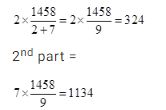
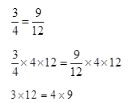


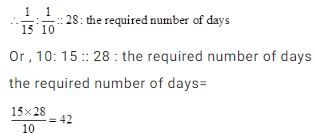


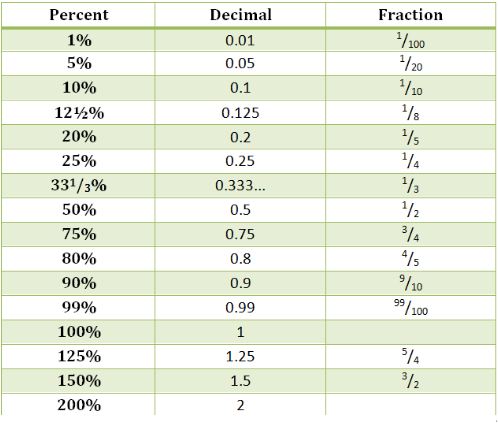



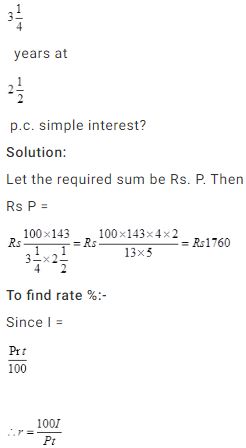
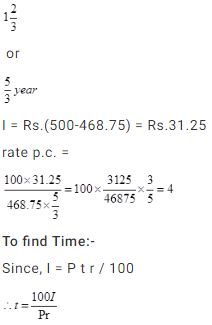
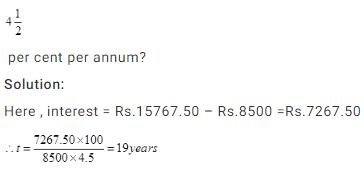
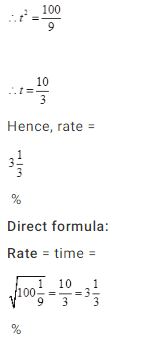
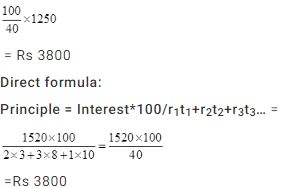

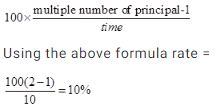

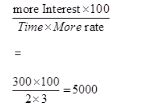
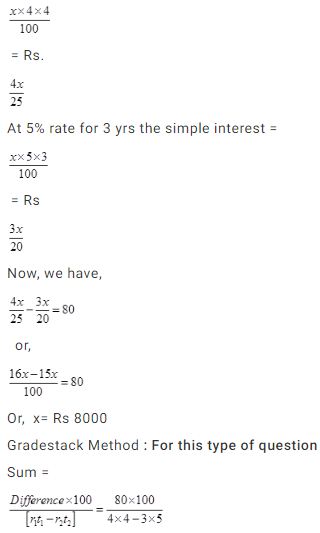
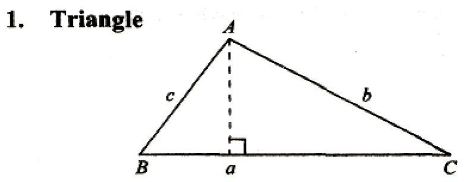

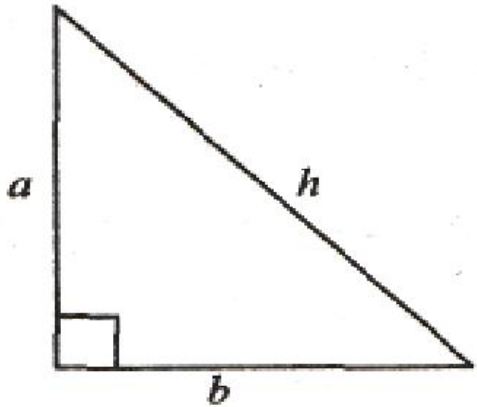
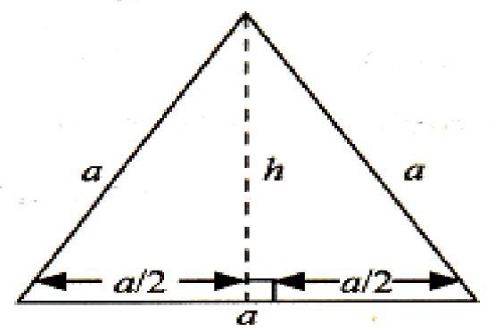
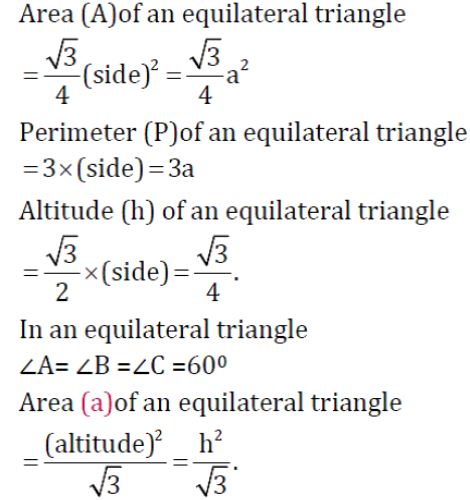

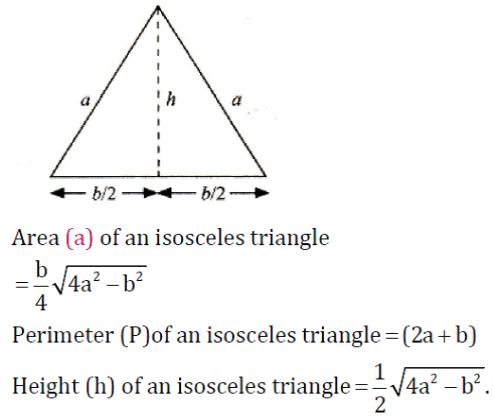
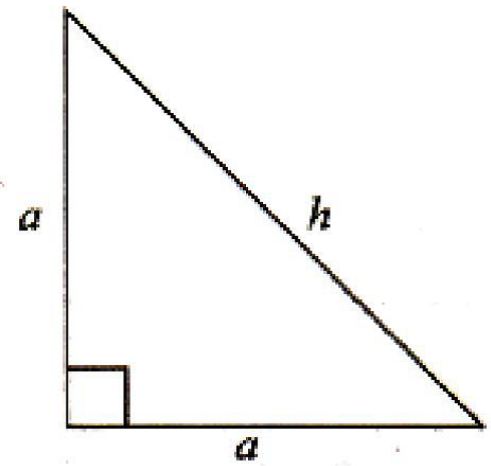

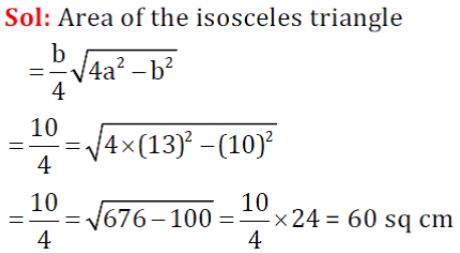
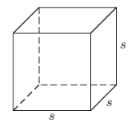
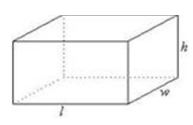
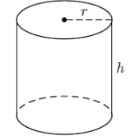
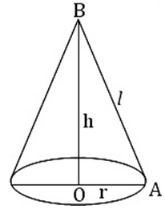
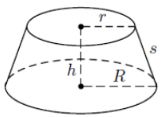
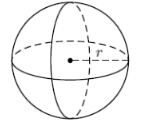
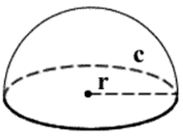
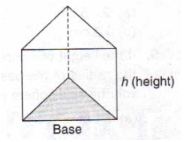
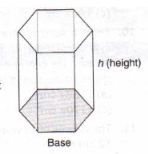
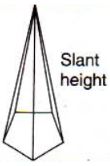
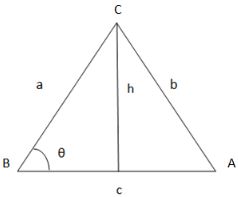
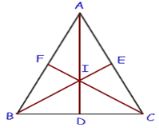
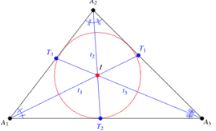
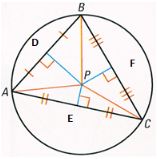
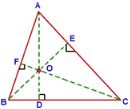

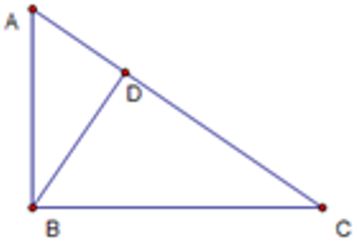
 =?
=?